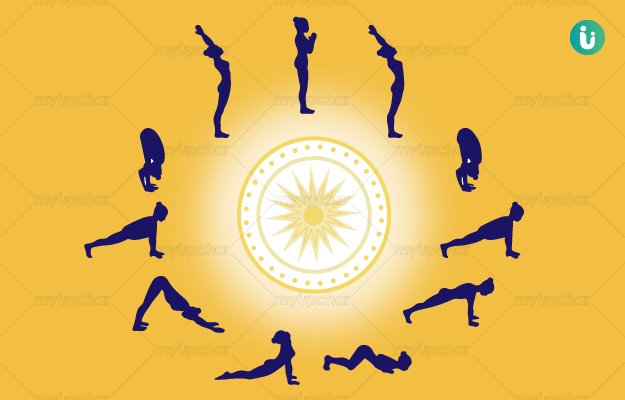
Yoga : Its Origin, History and Development
Yoga is a collection of physical, mental, and spiritual activities that originated in ancient India that aim to control and still the mind the mind by recognizing a detached witness-consciousness that is unaffected by the mind or ordinary sorrow.
The name ‘Yoga’ comes from the Sanskrit root ‘Yuj,’ which means ‘to join, yoke, or unify.’ Yoga, according to Yogic texts, leads to the union of individual consciousness with that of the Universal Consciousness, implying complete harmony between the mind and body, as well as between Man and Nature. Everything in the universe, according to modern scientists, is just a manifestation of the same quantum firmament. A yogi is someone who has experienced this oneness of existence and has attained the state of freedom known as mukti, nirvana, or moksha. As a result, the goal of Yoga is to achieve Self-realization, which leads to ‘the state of liberation’ (Moksha) or ‘freedom’ (Kaivalya).
Yoga’s beginnings may be traced back over 5,000 years to northern India. The Rig Veda, an old sacred scripture, is where the word yoga first appeared. Yoga is one of Hinduism’s six schools of philosophy, and it’s also a big part of Buddhism’s meditation practices.
Terminology of Yoga
Here are a few words you could hear during a yoga practice and what they mean:
Āsana
An Āsana is a body posture that includes reclining, standing, inverted, twisting, and balancing poses. It was originally and still is a general term for a sitting meditation pose, but it was later extended in hatha yoga and modern yoga as exercise to any type of position, including balancing, twisting, and balancing poses.
Prānāyāma
In Sanskrit, Prānāyāma refers to the life energy that pervades all living things. The term Prānāyāma is used in modern-day yoga sessions to describe breathing exercises that erase physical and mental blockages in our bodies to release the breath.
Yoga Postures
When you first begin practising yoga, there will be specific postures that will form the foundation of your practice. You may receive the benefits of yoga by anchoring your practice with these postures: flexibility, greater muscle strength, spine protection, increased blood flow, and even improved happiness.
It is believed that there are 19 different types of yoga and 66 basic yoga postures. Some of the basic postures are:
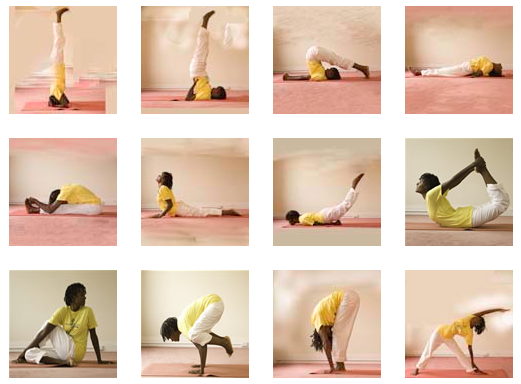
- ŚĪRṢĀSANA – HEADSTAND
You balance on your elbows, arms, and head in this asana. The Headstand is the first in the sequence and is known as the “King of āsanas” due to its numerous benefits. “Head-stand is a panacea, a cure-all, a sovereign specific for all diseases,” Swami Sivananda said. - SARVĀṄGĀSANA – SHOULDERSTAND
With the body resting on the shoulders, this is an inverted stance. Sarvangāsana denotes totality. Sarvangāsana, also known as the “Queen of āsanas,” strengthens the entire body. Because the chin is forced on the throat in this position, the thyroid gland is regulated, which in turn balances all other glands in the body, ensuring that all bodily systems and organs function properly. - HALĀSANA – PLOUGH
A plough-like stance with hands and feet on the floor. Its name comes from the Sanskrit word hala, which means plough. Halasana strengthens and tones the spine, as well as correcting a pronounced lower back curvature (lordosis). As the abdominal organs are massaged, it reduces problems like indigestion and constipation. - MATSYĀSANA – FISH
Matsyāsana posture is resting on the arms, arching the back and expanding the chest. The name Matsyāsana comes from the fact that it allows one to float in water like a fish. This posture promotes improved lung capacity and better breathing, which aids in the treatment of respiratory illnesses such as chronic bronchitis and asthma. - PAŚCIMOTTĀNĀSANA – SITTING FORWARD BEND
Paścimottānāsana Posture is stretching the spine forward. This seemingly simple pose is one of the most powerful and significant of all postures. It relieves the pressure on the spine generated by standing erect. Continuous practice helps to keep the back supple, the joints mobile, the nervous system energized, and the internal organs toned. It also helps to prevent diabetes by massaging the pancreas naturally. - BHUJAṄGĀSANA – COBRA
This posture is arching the upper body and expanding the chest. This position enhances flexibility, rejuvenates spinal nerves, and provides a rich blood supply to the spine by arching the spine. It helps to support the neck and upper back. - ŚALABHĀSANA – LOCUST
Śalabhāsana Posture is lying on the front with lifted legs. Śalabhāsana improves the operation of the intestines, strengthens the abdominal walls, and improves digestion. This posture enhances cervical flexibility and helps lower back pain and sciatica by bending the spine backwards. This posture aids in the development of willpower. - DHANURĀSANA – BOW
Dhanurāsana Posture is balancing on the abdomen in the shape of a bow. The benefits of Cobra and Locust positions are combined and enhanced in Dhanurāsana. This posture increases flexibility in the cervical, thoracic, lumbar, and sacral regions by working on the entire spine. It massages and energizes the digestive organs, which aids in the treatment of a variety of diseases. Another good āsana for women because it helps with menstrual difficulties. - ARDHA MATSYENDRĀSANA – HALF SPINAL TWIST
Ardha Matsyendrāsana Posture is a twist for the entire spine. This asana is named after Matsyendranath, a renowned yogi. The Half Spinal Twist increases the mobility of the spine by twisting the vertebrae in both directions. In this position, the abdominal organs receive a deep massage, which helps to relieve digestive disorders. - KAKĀSANA – CROW
Kakāsana Posture is balancing in a squatting position. Kakāsana helps to strengthen the arm, wrists, and shoulders while also stretching the hips. It improves concentration and fosters mental and physical balance, as do all balancing poses. - PĀDAHASTĀSANA – STANDING FORWARD BEND
Pādahastāsana is a bending forward in a standing position. Pādahastāsana stretches the spine and mobilizes the joints, making it more elastic. It improves the neurological system by increasing blood flow to the brain. Standing Forward Bend is an exercise that promotes eternal youth. - TRIKOṆĀSANA – TRIANGLE
Posture is a lateral bend resembling a triangle. Trikonansa’s lateral stretch elongates the spine and improves hip and leg flexibility. The circulatory system is stimulated, the liver and spleen are massaged, and the digestive tract’s peristalsis is boosted. Other asanas improve as the body becomes lighter.

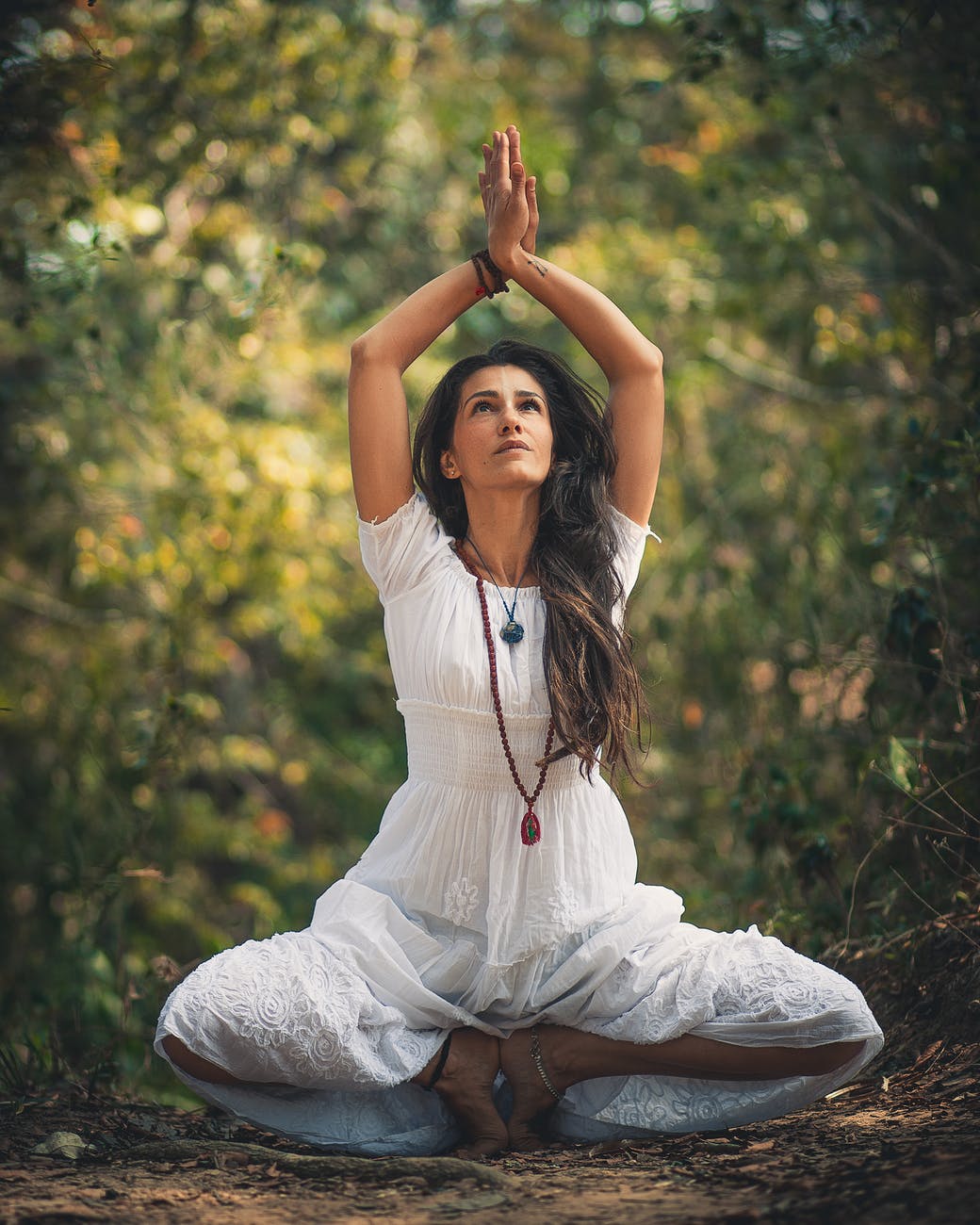
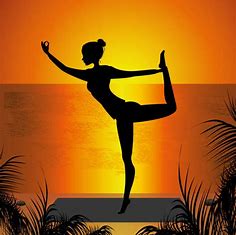
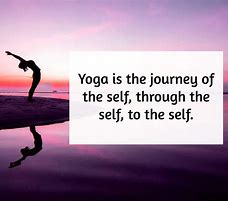
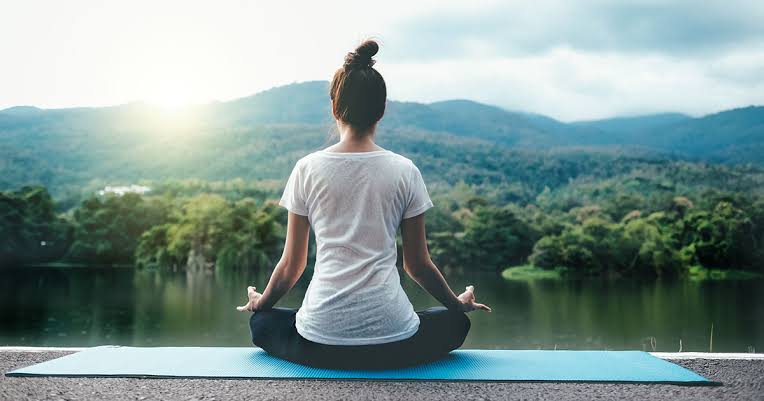
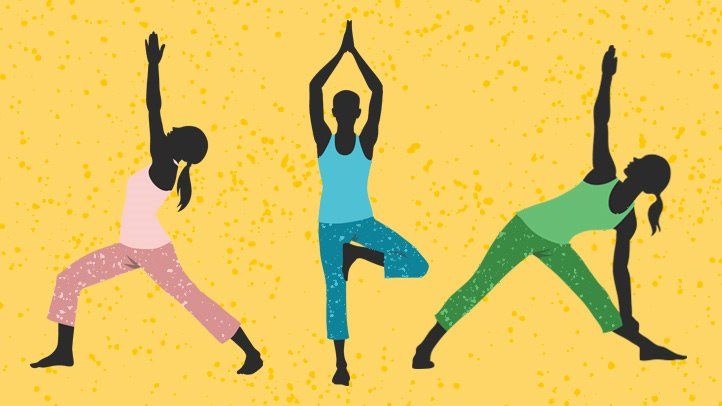
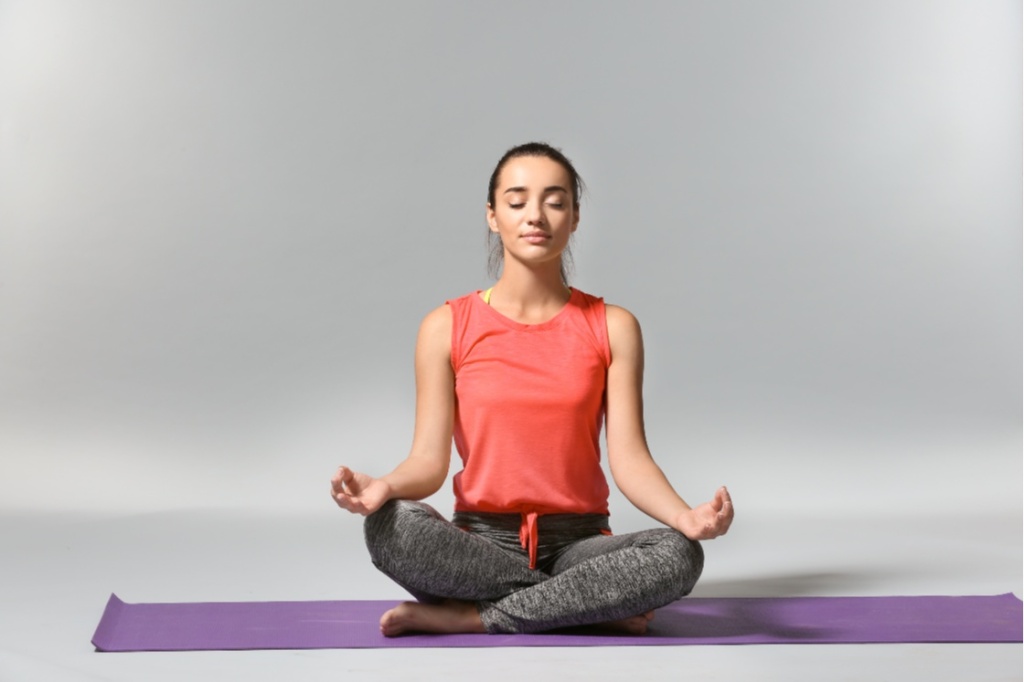
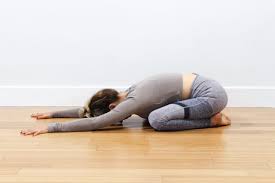
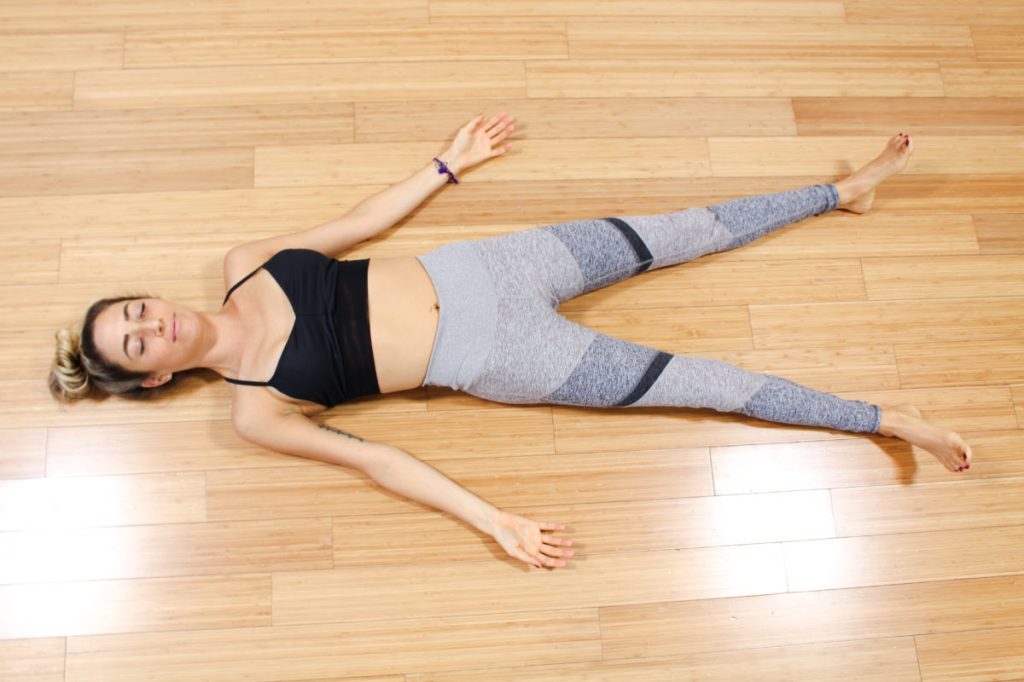
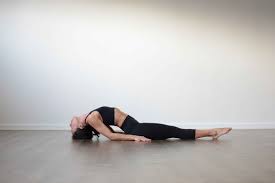
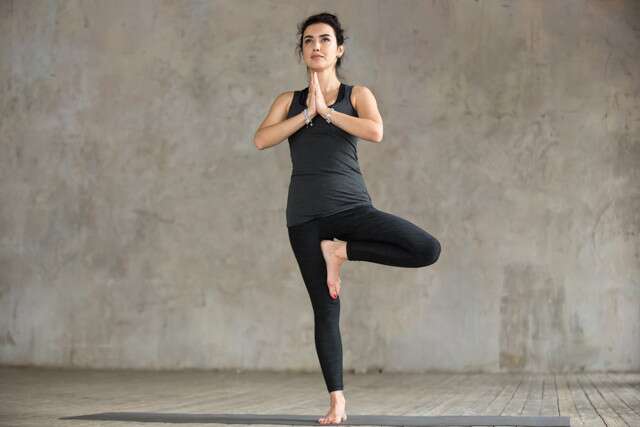
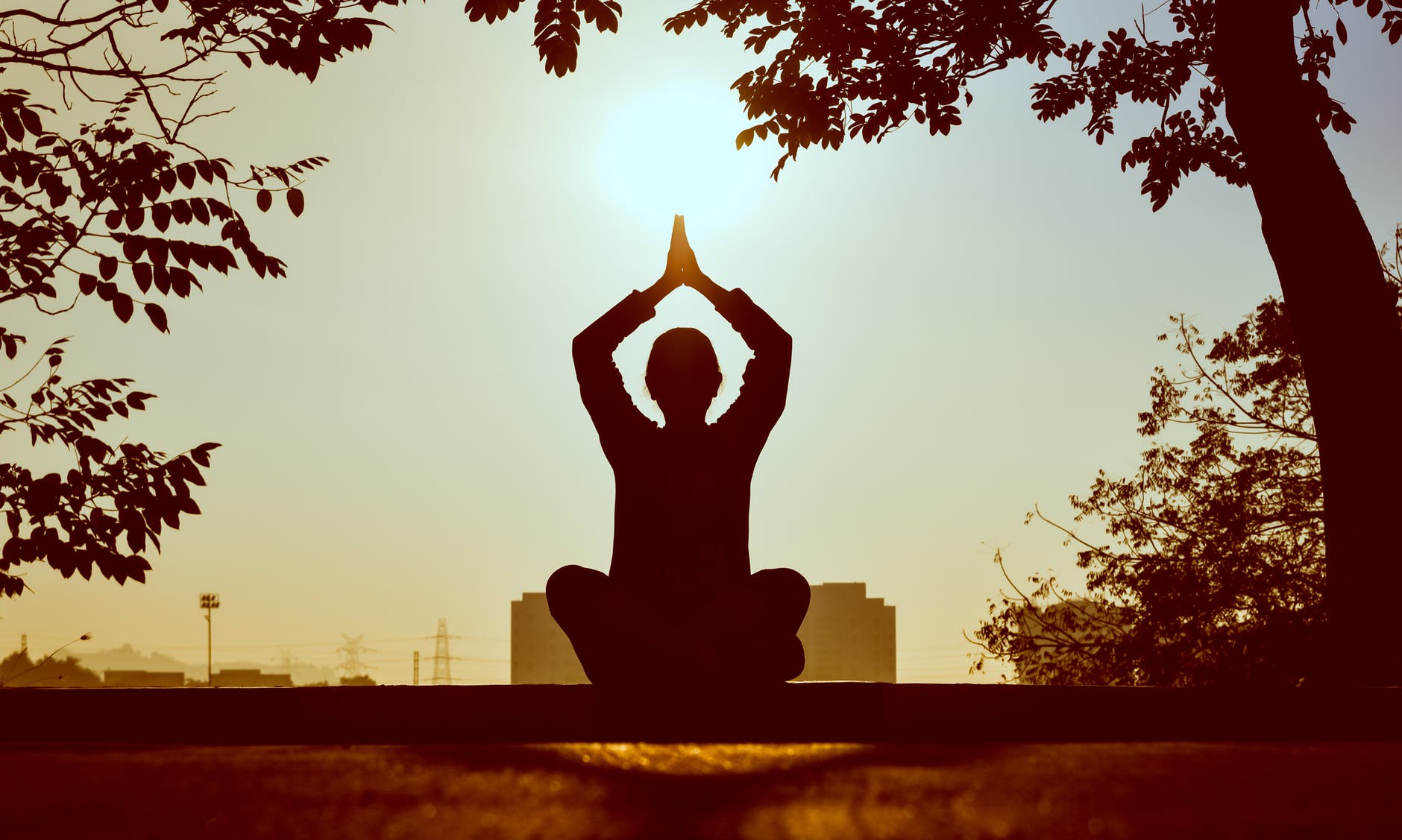
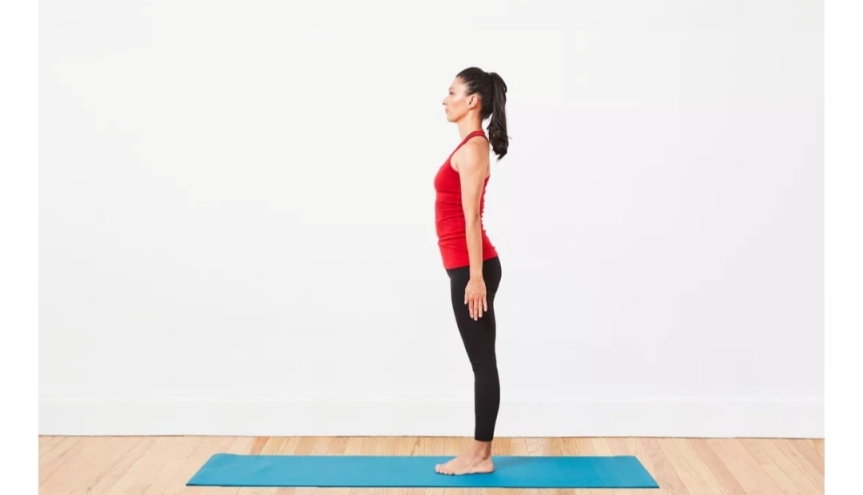
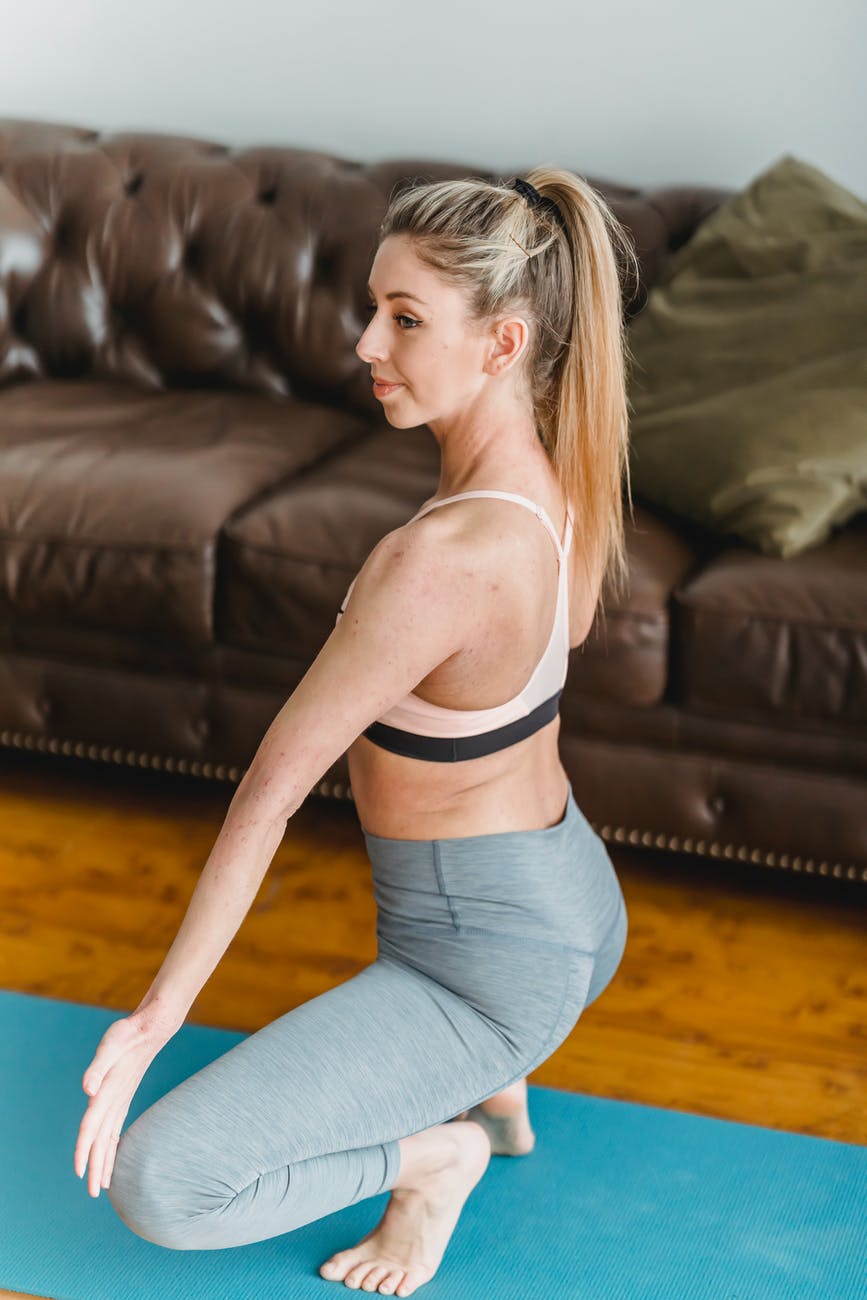
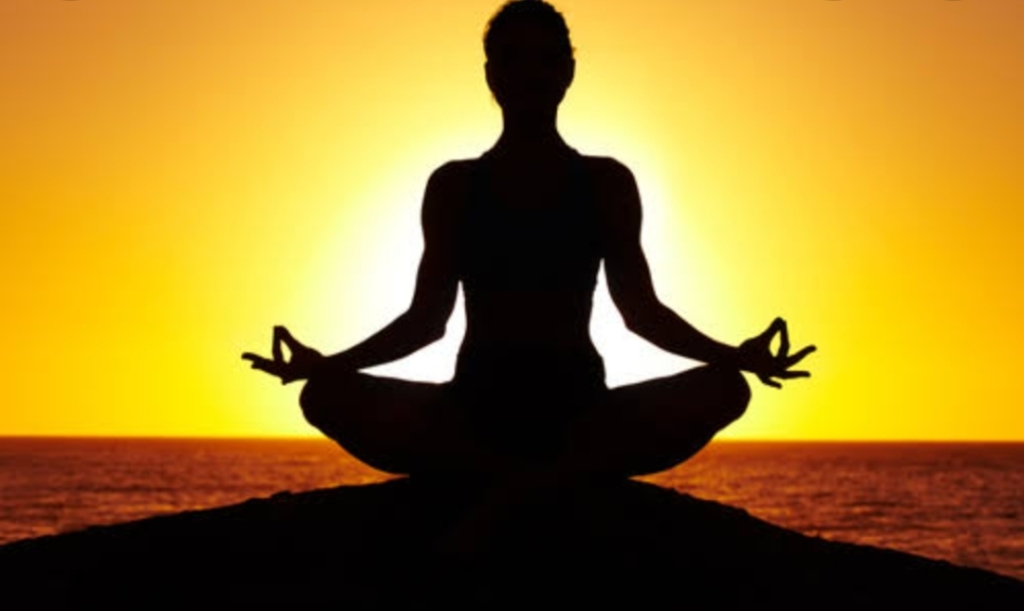




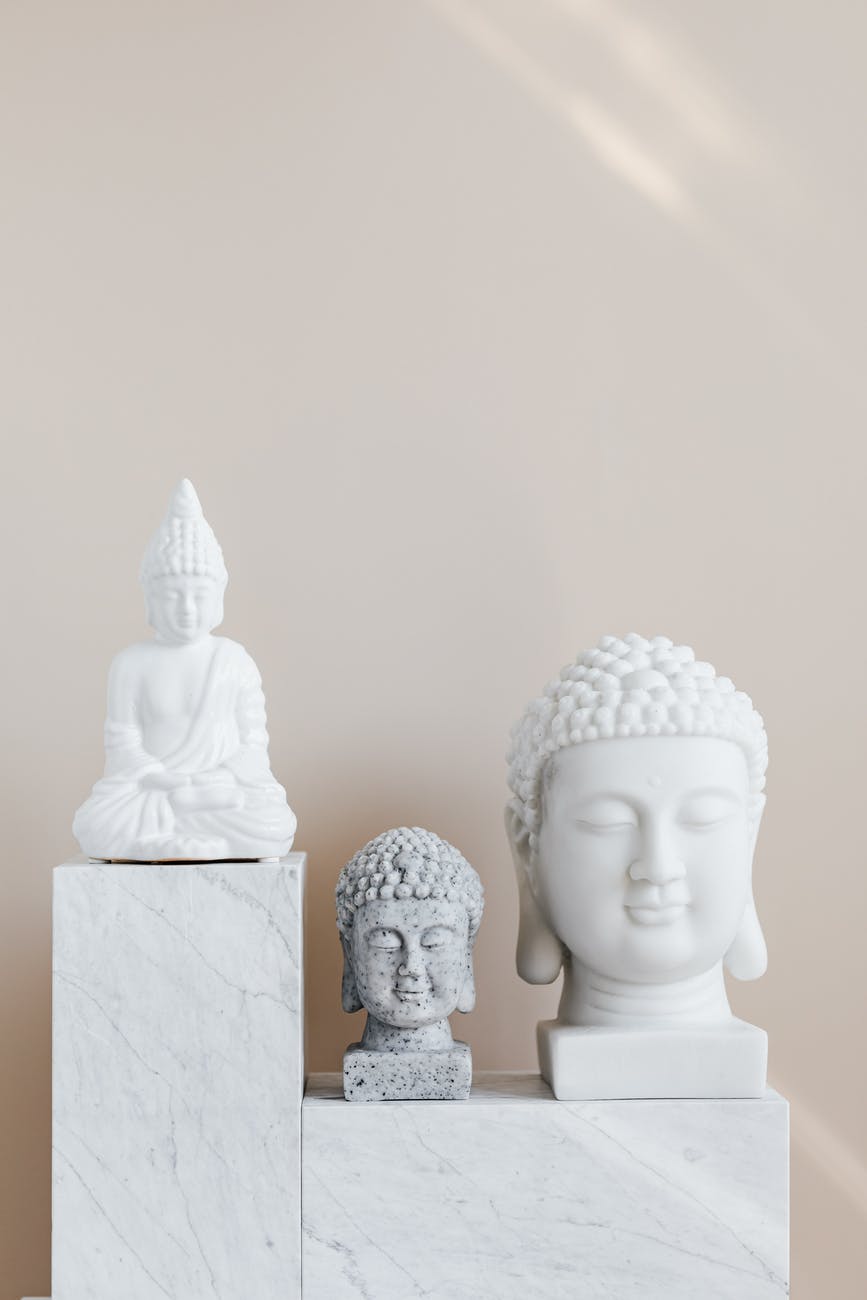
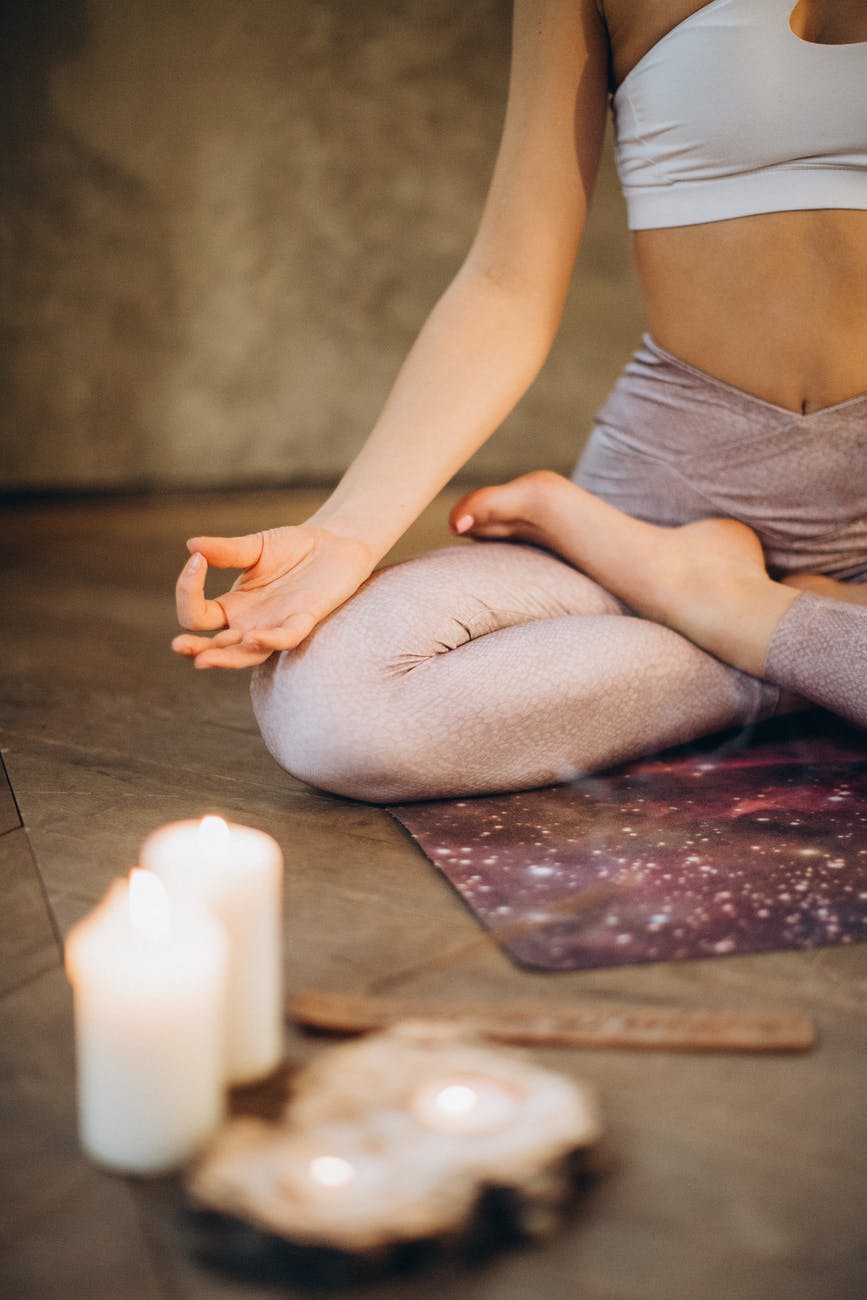

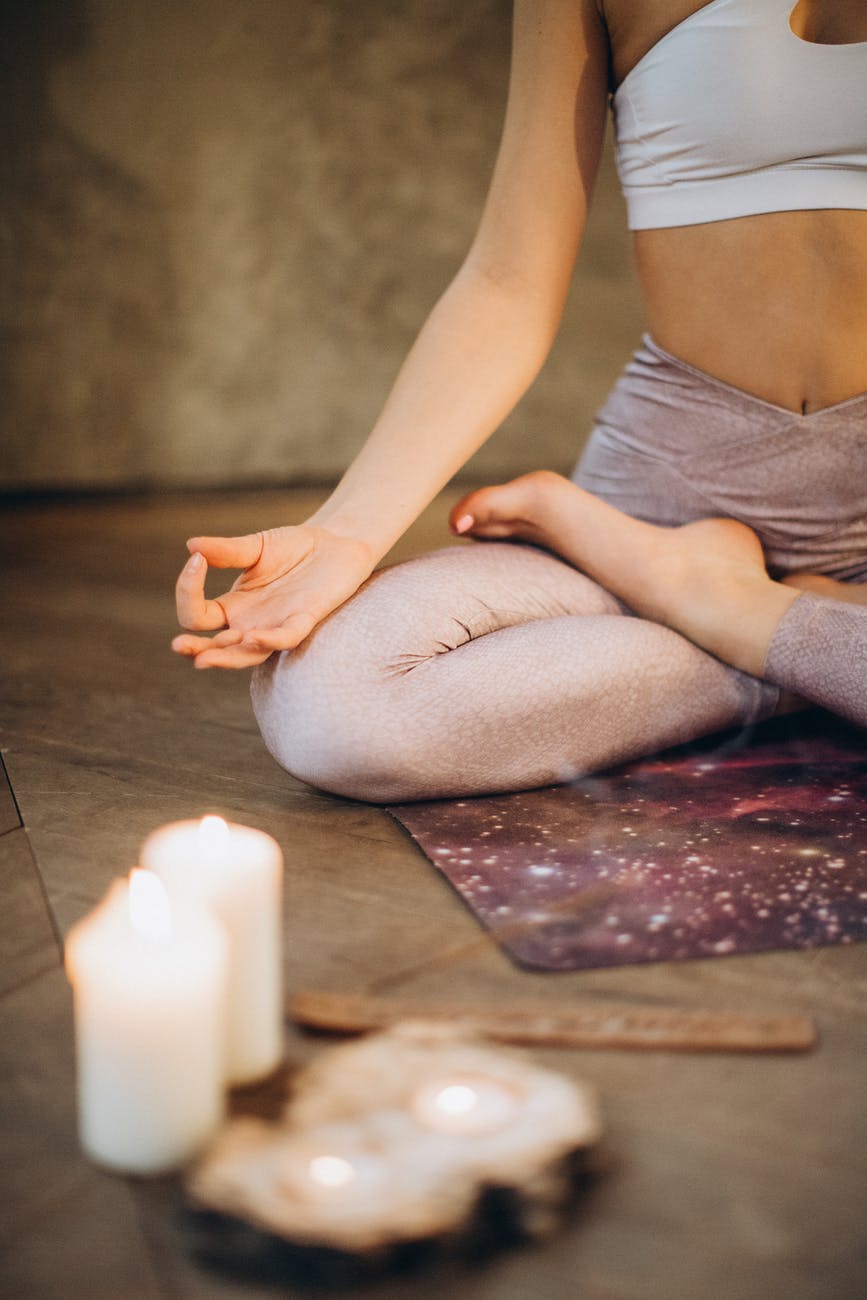
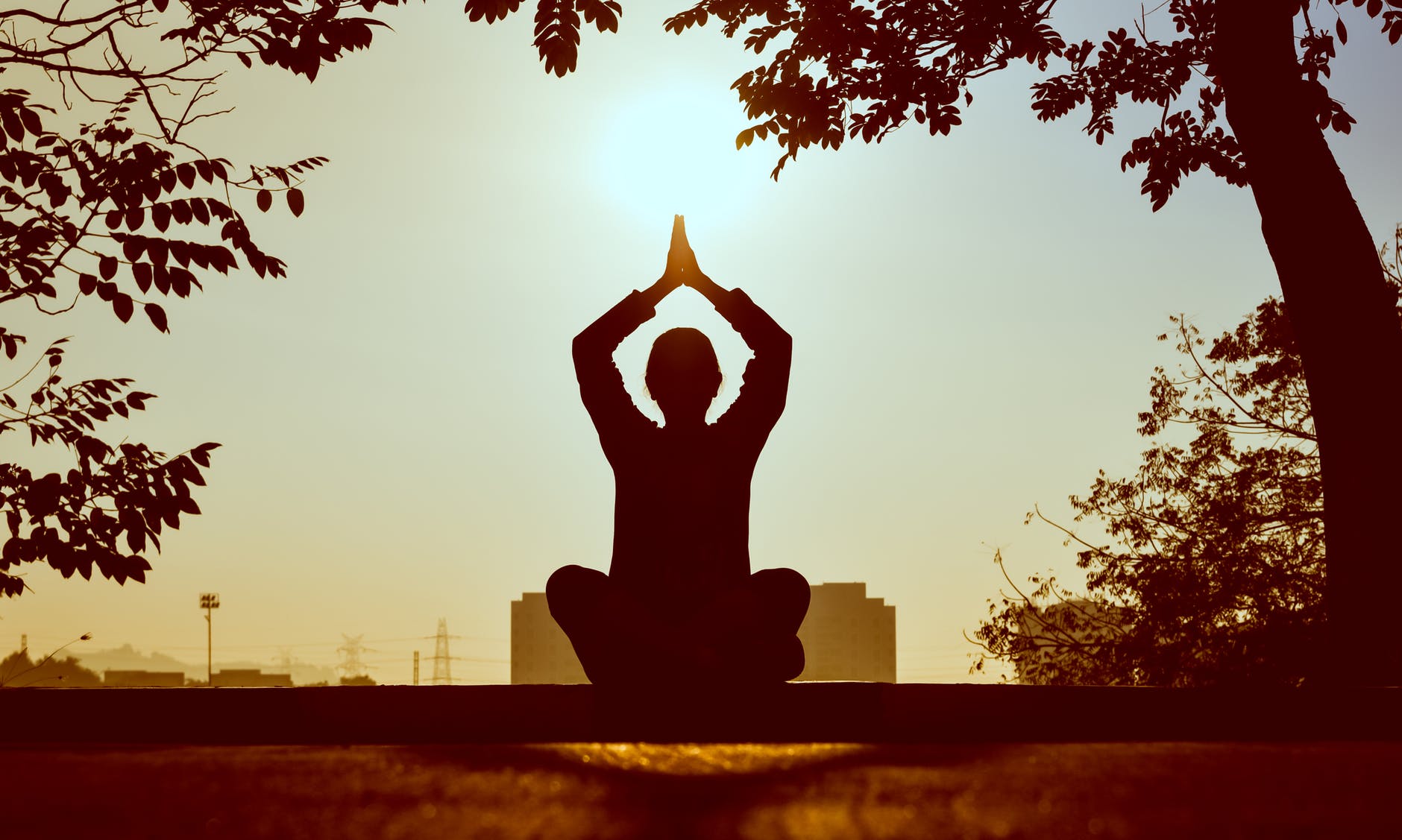
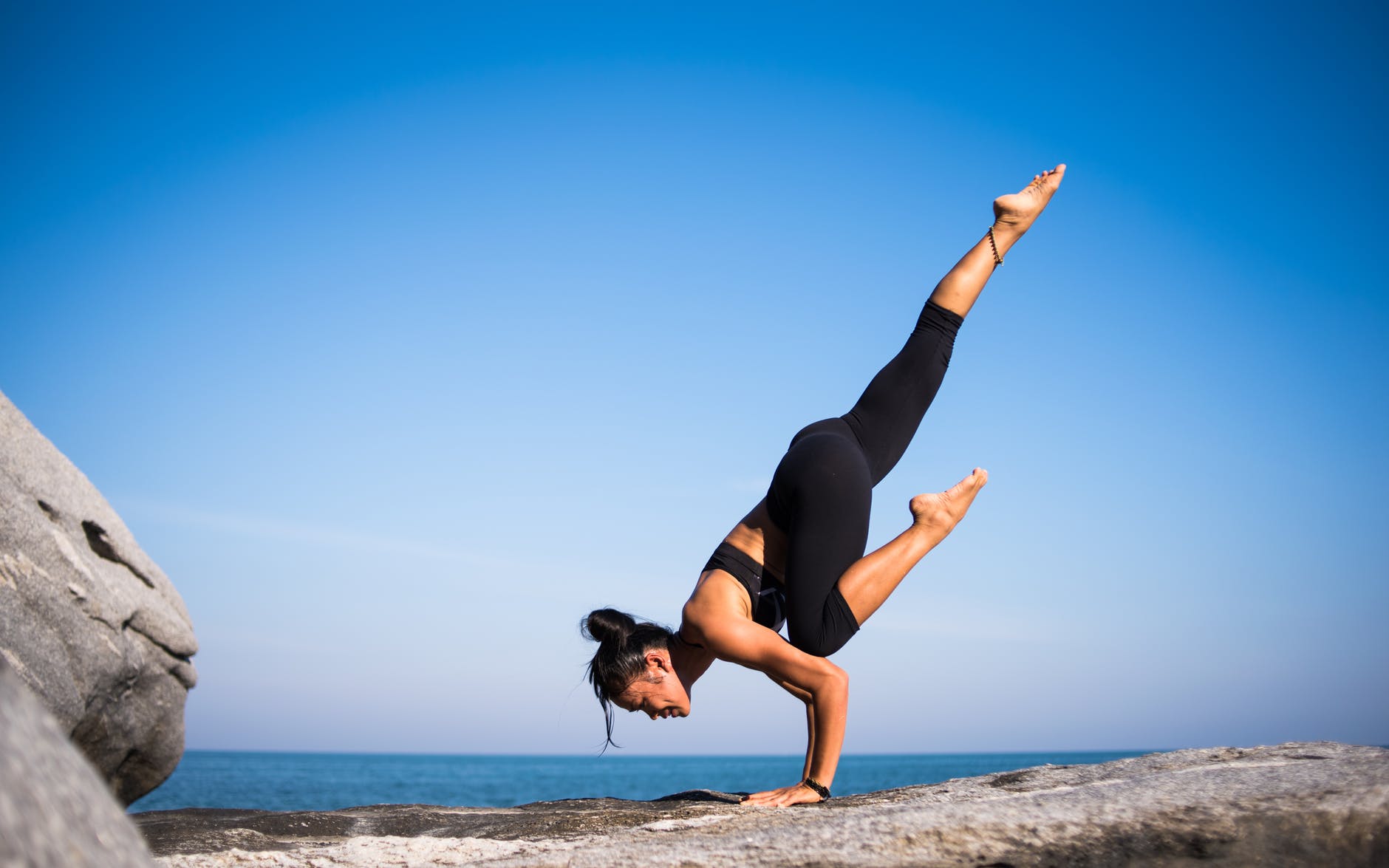
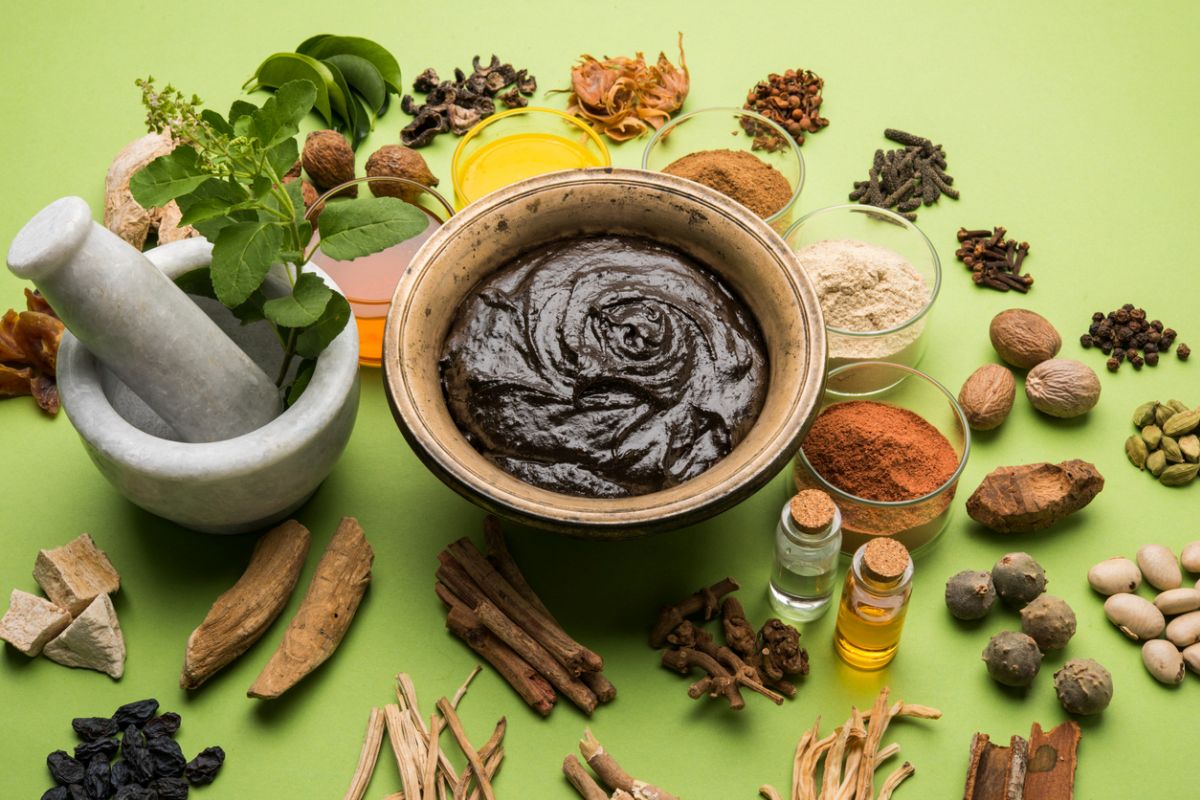





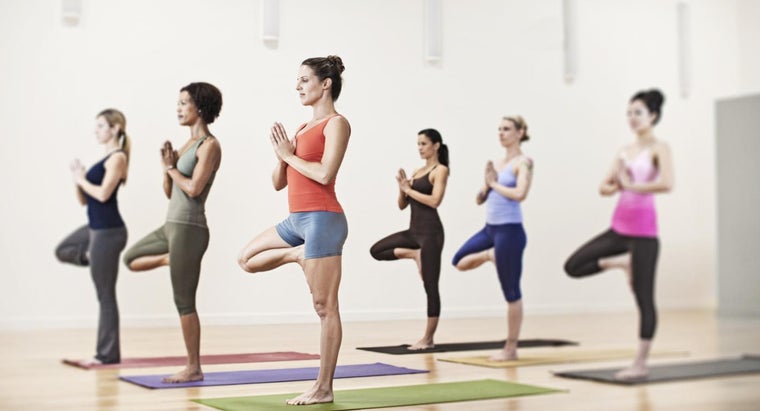

You must be logged in to post a comment.